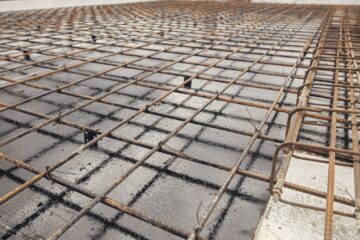
Mastering Concrete Curing: How to Ensure Strength and Durability in Your UK Project
Concrete curing is one of the most crucial stages in any construction project. As contractors and engineers know all too well, how well concrete cures…

Concrete curing is one of the most crucial stages in any construction project. As contractors and engineers know all too well, how well concrete cures…
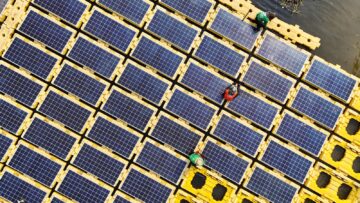
As the construction industry continues to evolve, the demand for sustainable practices has never been higher. Construction contributes significantly to environmental challenges, from high carbon…
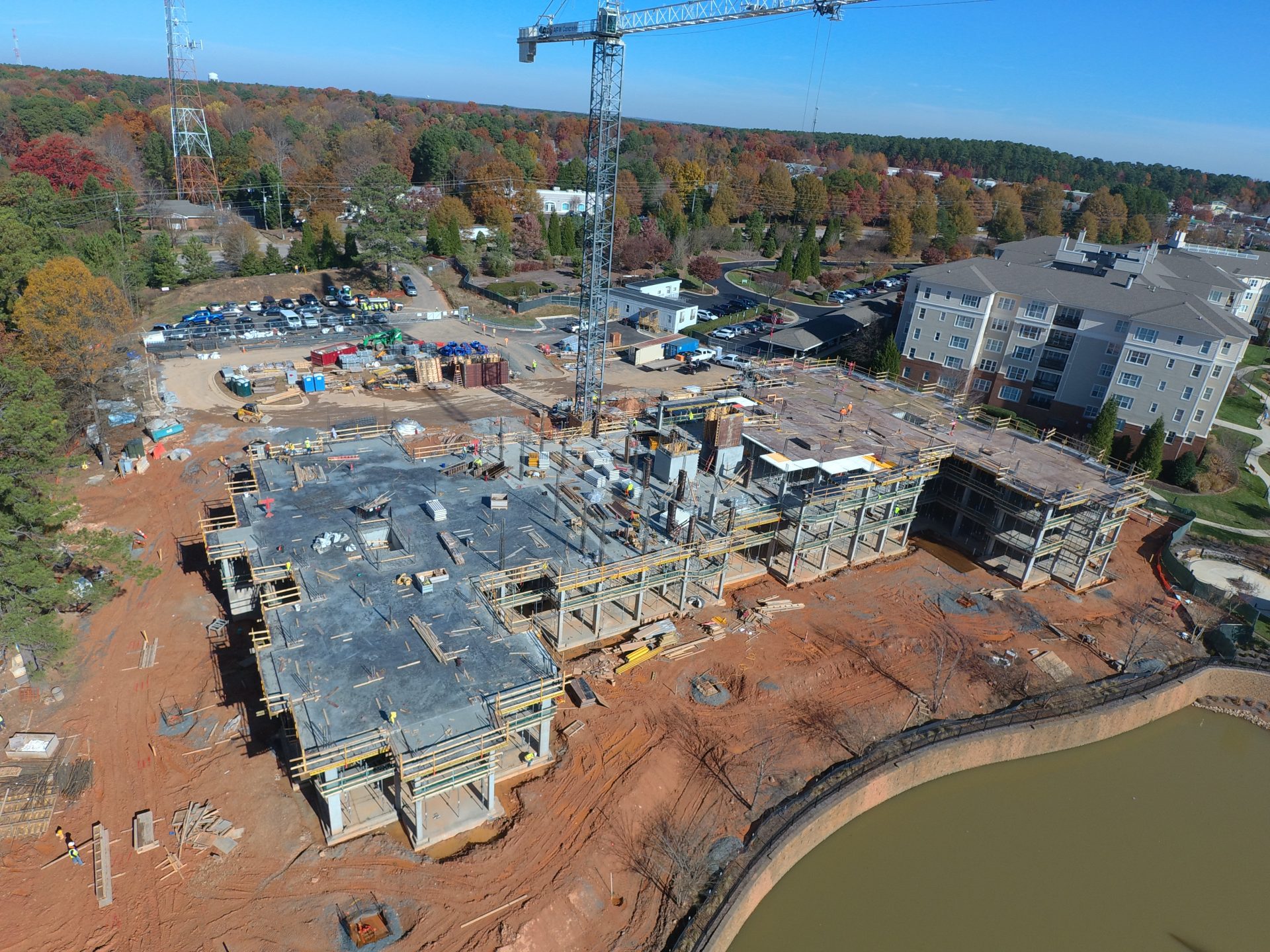
Strength testing is a critical aspect of concrete structures, ensuring that structures meet safety and durability standards. The strength of concrete directly impacts a building’s…

You already know the importance of modern technology in your construction team’s daily operations. A recent AGC survey showed that most contracting firms agree that…
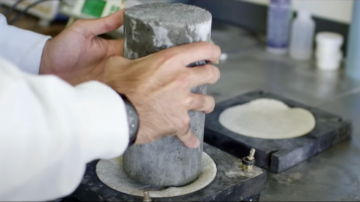
Concrete forms the foundation of most construction projects, from skyscrapers to bridges. Its quality directly impacts the safety and longevity of these structures. Accredited concrete…

When you walk on a sidewalk, drive over a bridge, or step into a high-rise building, you’re interacting with one of the most versatile, durable,…
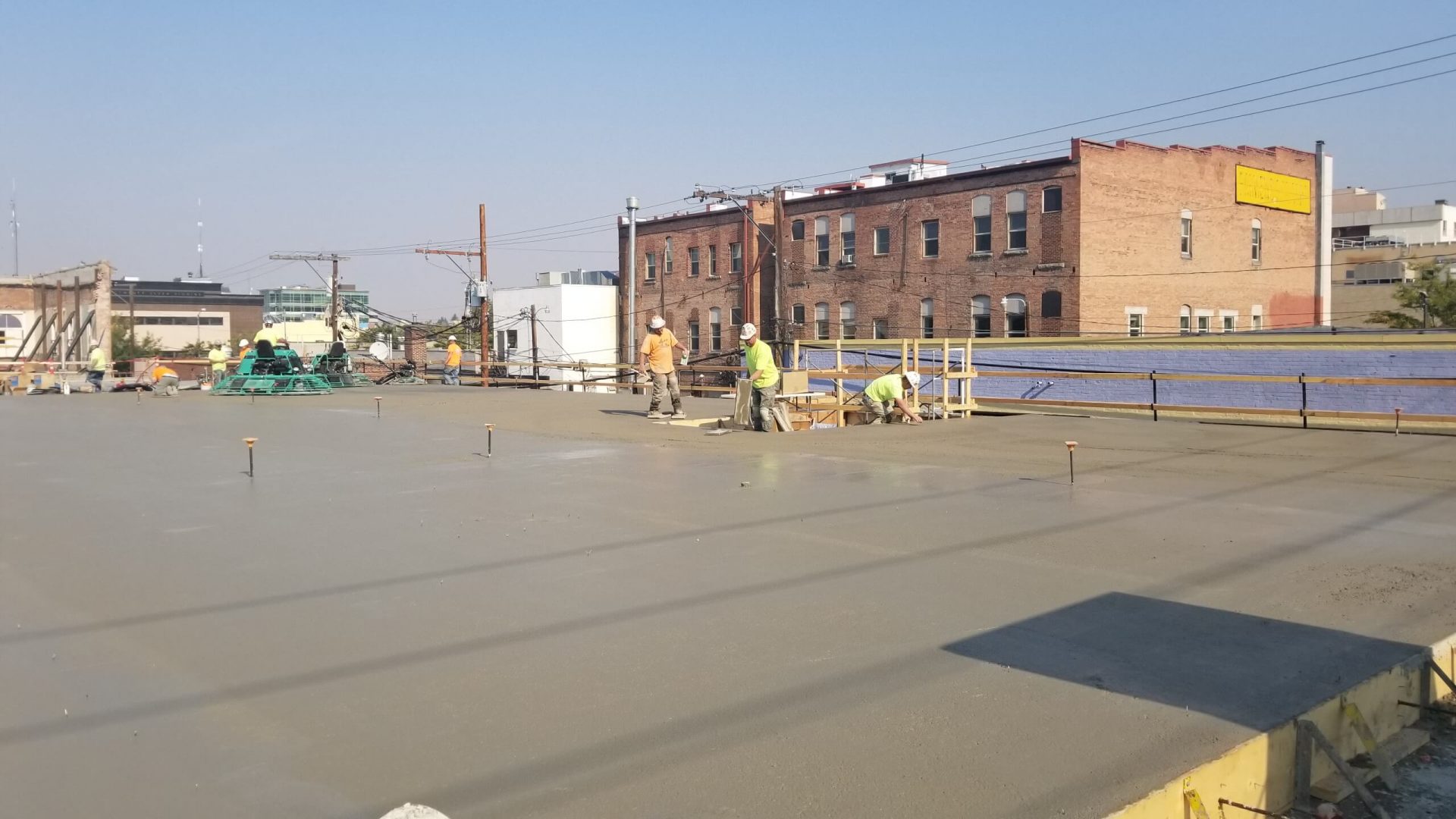
Concrete is one of the most widely used materials in construction, and its early-age strength, the period between 1 and 28 days post-placement, is crucial…
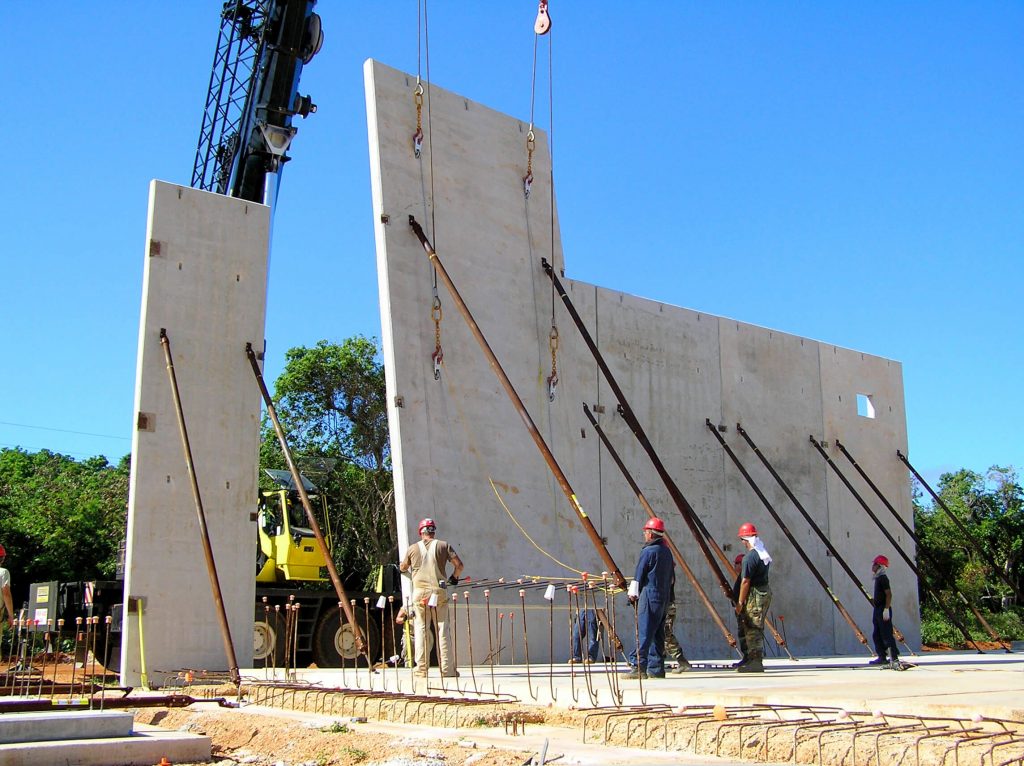
An educational video on the concept and measurement techniques of concrete electrical resistivity and its application in the durability-related studies in concrete materials. Parameters affecting the resistivity measurement are described.
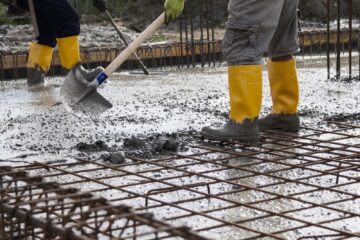
Concrete is a fundamental material in construction, and its performance is highly dependent on its curing process. Understanding how long concrete should cure before loading…

In this blog, let’s examine some of the quality control actions that are relevant during the process of concrete pour.

Concrete, often hailed for its durability, isn’t immune to the hidden threat of corrosion. When steel reinforcement within concrete structures corrodes, it compromises the integrity,…
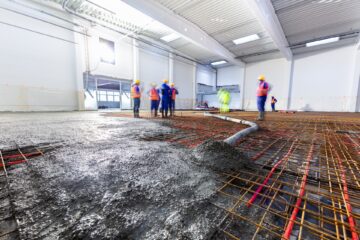
Concrete is a key construction material known for its strength and adaptability. Its performance is also dependent on managing its setting times. This blog will…
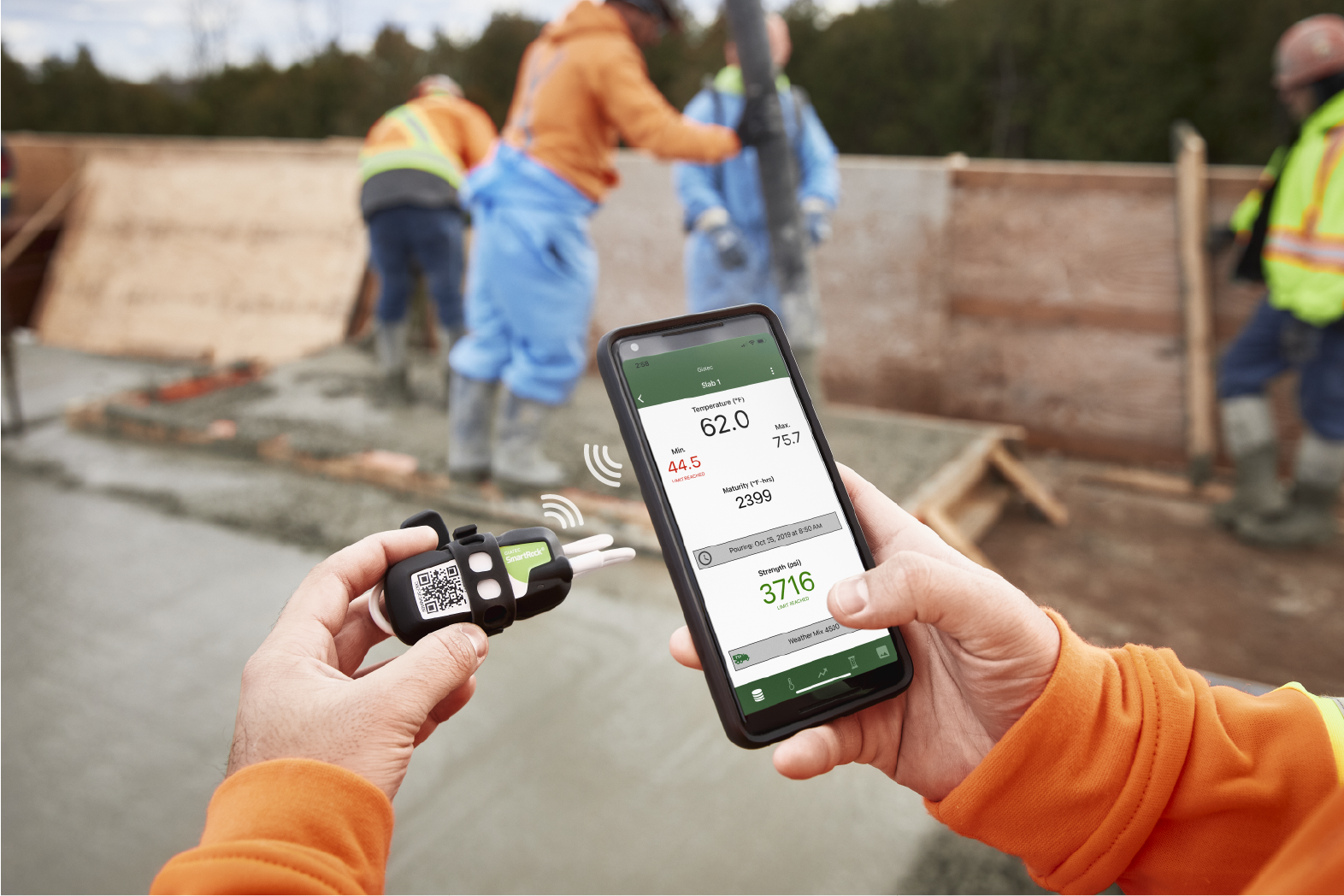
Sensors are at the heart of revolutionizing modern construction processes, driving efficiency, accuracy, and sustainability. At Giatec, we understand the immense value these tools bring…
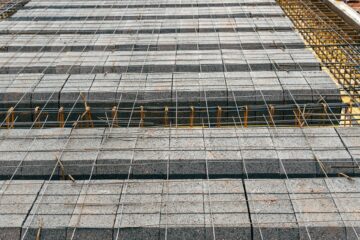
Let’s resume our “Back-to-Basics” series. In this latest edition, we will delve into the use of concrete slabs, and their importance when building strong and…
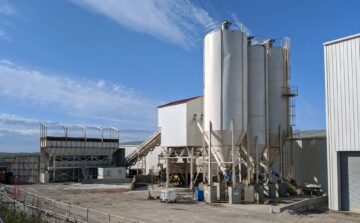
Optimizing concrete mixtures is essential in adapting to evolving sustainability requirements being imposed on ready-mix organizations globally. However, this effort is challenged by several factors…

Pre-pour meetings are essential in the construction process, particularly when dealing with complex structures such as post-tensioned slabs. These meetings ensure that all stakeholders are…
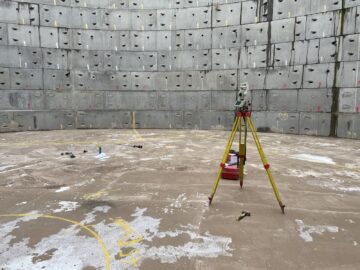
Most countries are embarking on a journey to reduce construction costs significantly. For instance, the UK government has set goals to reduce construction costs by…
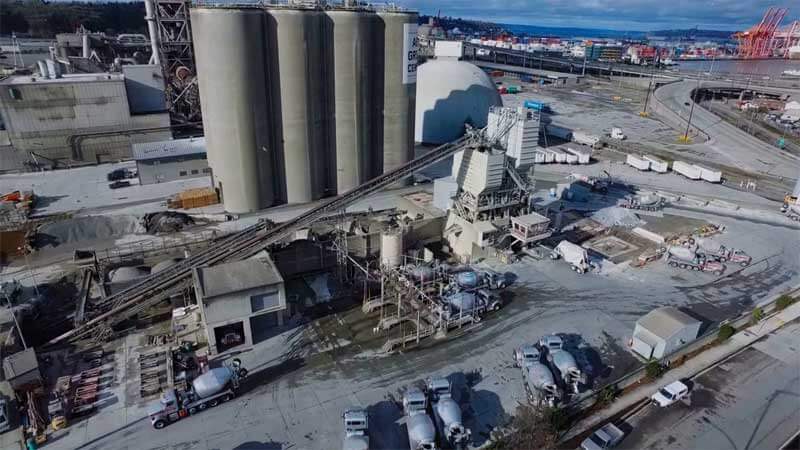
In the effort of optimizing concrete operations from design to pouring, the industry struggles with a pervasive challenge: the existence of data silos. Data in…
Save now and get free Giatec 360™ Premium access. Ends Dec 31. Don’t miss it!
Cut risk on mass concrete pours and get free Giatec 360™ Premium. Ends Dec 31. Don’t miss it!